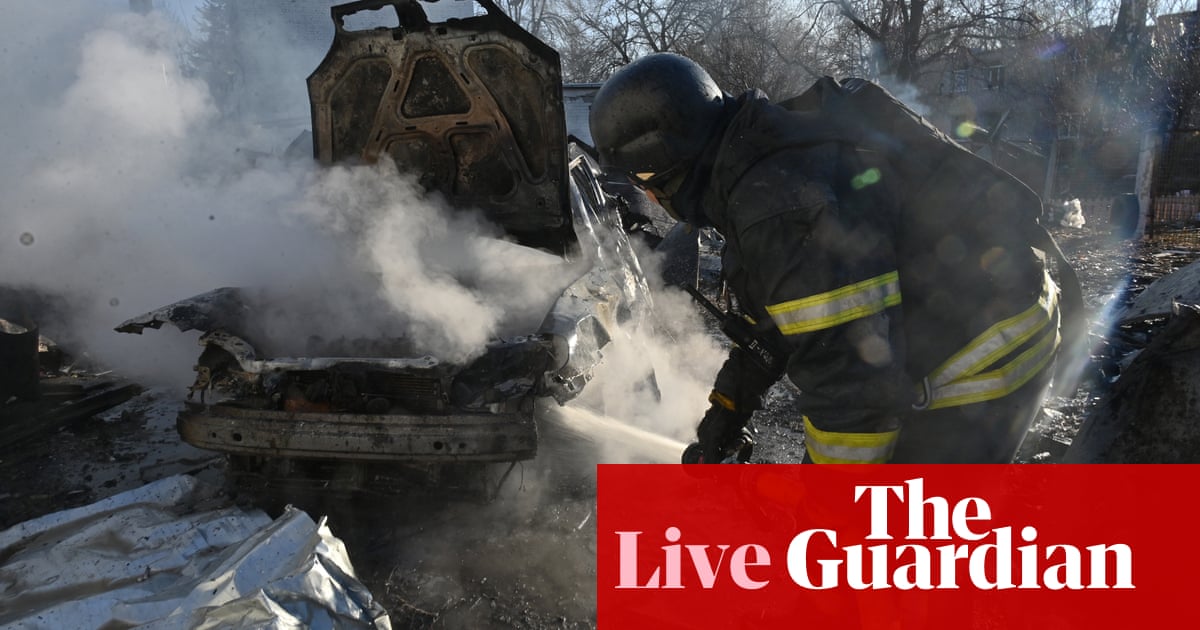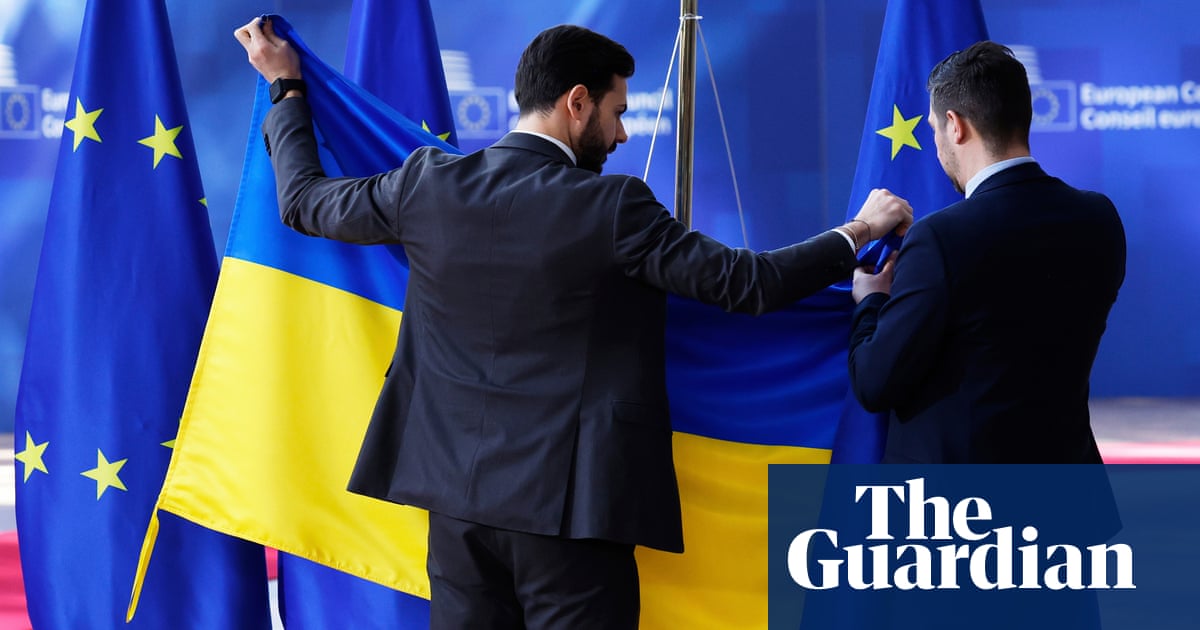Which European country is investing more in artificial intelligence?

Europe faces challenges in the adoption of artificial intelligence, including regulatory barriers and a shortage of skilled professionals. The Next Generation EU has committed €4.4 billion to AI initiatives, with two Southern European countries leading the way.
Artificial Intelligence (AI) is reshaping the global economic landscape, emerging as a pivotal force in the digital domain and driving innovation across various sectors.
By 2030, AI is expected to have injected more than €11 trillion into the global economy, according to industry forecasts. It’s anticipated that AI and robotics will jointly spark the creation of around 60 million new jobs globally by 2025, underscoring the critical importance of digitalisation in propelling economic growth.
In a concerted effort to match global tech leaders, the European Union is intensifying its push to integrate and advance AI, with a particular emphasis on bolstering digital infrastructure and capabilities across its member states.
However, despite these optimistic projections, challenges persist.
Velina Lilyanova, a researcher at the European Parliamentary Research Service, has highlighted Europe’s slow AI adoption in critical sectors such as healthcare and public administration.
“Europe has a weakness in this respect,” she claims in her recent study entitled Investment in Artificial Intelligence in the National Recovery and Resilience Plans.
Challenges remain that hinder broader take up of AI
Lilyanova points out that Europe faces several challenges that hinder broader AI uptake, including regulatory barriers, trust issues, a shortage of digital skills, and low levels of company digitalisation.
“Member States need to address these barriers to facilitate widespread uptake,” she stated, emphasising the need for regulatory reforms, enhancing digital skills, and boosting company digitalisation.
The European Commission has laid out ambitious goals for 2030: aiming for 90% of EU small and medium-sized enterprises (SMEs) to achieve at least a basic level of digital intensity and for 75% of EU companies to adopt technologies like cloud computing, AI, and big data.
How European countries invest in AI
Investment strategies in AI vary significantly among EU member states, ranging from direct research and development (R&D) funding to indirect support via business and public service digitalisation, as detailed by Lilyanova.
Spain’s National Recovery and Resilience Plan (NRRP) specifically allocates funds to strengthen AI development, aiming to position the country as a leader in AI scientific excellence and innovation. The plan focuses on developing AI tools and applications in the Spanish language to enhance productivity in the private sector and efficiency in public administration.
Italy’s Strategic Programme on AI (2022-2024), aligning with the broader EU AI strategy, aims to make Italy a global hub for AI research and innovation by enhancing skills and attracting leading AI talents.
Denmark is leveraging its strong R&D ecosystem and high digital intensity among SMEs to enhance its national digital strategy, incorporating AI to improve public administration through reforms.
Europe’s race to AI: Which European country is leading the investment in AI?
The European Commission’s Joint Research Centre has conducted an exhaustive analysis of AI-related funding across EU countries.
According to a 2023 study by Papazoglu et al. , the Next Generation EU (NGEU) instrument and its Recovery and Resilience Facility (RRF) account for 70% of total investments in digital transformation.
Specifically, of the €116.8 billion allocated by the NGEU RRF for the “Digital Decade”, €4.376 billion is earmarked for AI projects.
A breakdown of national investments reveals Italy as the frontrunner, planning €1.895 billion to AI-related projects. Spain follows with €1.2 billion. Together, the two Southern European nations represent 71% of the total investments allocated to AI-related projects within NGEU RRF.
Denmark leads on a relative basis, dedicating 8.7% of its Digital RRF budget to AI projects. followed by Spain at 6.4%, and Ireland at 5.2%.
European countries are allocating an average of nearly 3% of their digitalisation funds to AI projects.
Sweden, the Netherlands, Belgium, and Austria are at the lower end, committing less than 1% of their RRF budgets to AI-related projects.
Related
Zelenskyy reiterates call for air truce after huge Russian attack…
We need Russia to stop attacks, Zelenskyy says, backing calls for truce in air, at seaUkrainian president Volodymyr Zelenskyy has responded to overnight attacks
Europe scrambles to rearm as Trump threatens security guarantees and…
CNN — European leaders have vowed to rearm the continent at historic emergency talks h
Russia launches ‘massive’ attack on Ukraine after Europe rushes to…
Ukraine's energy and gas infrastructure came "under massive missile and drone shelling" by Russia on Friday, a Ukrainian minister said."The energy and gas infra
American severance may be averted, but Europe’s leaders must fear…
With a mixture of regret, laced with incredulity, European leaders gathered in Brussels to marshal their forces for a power struggle not with Russia, but with t












